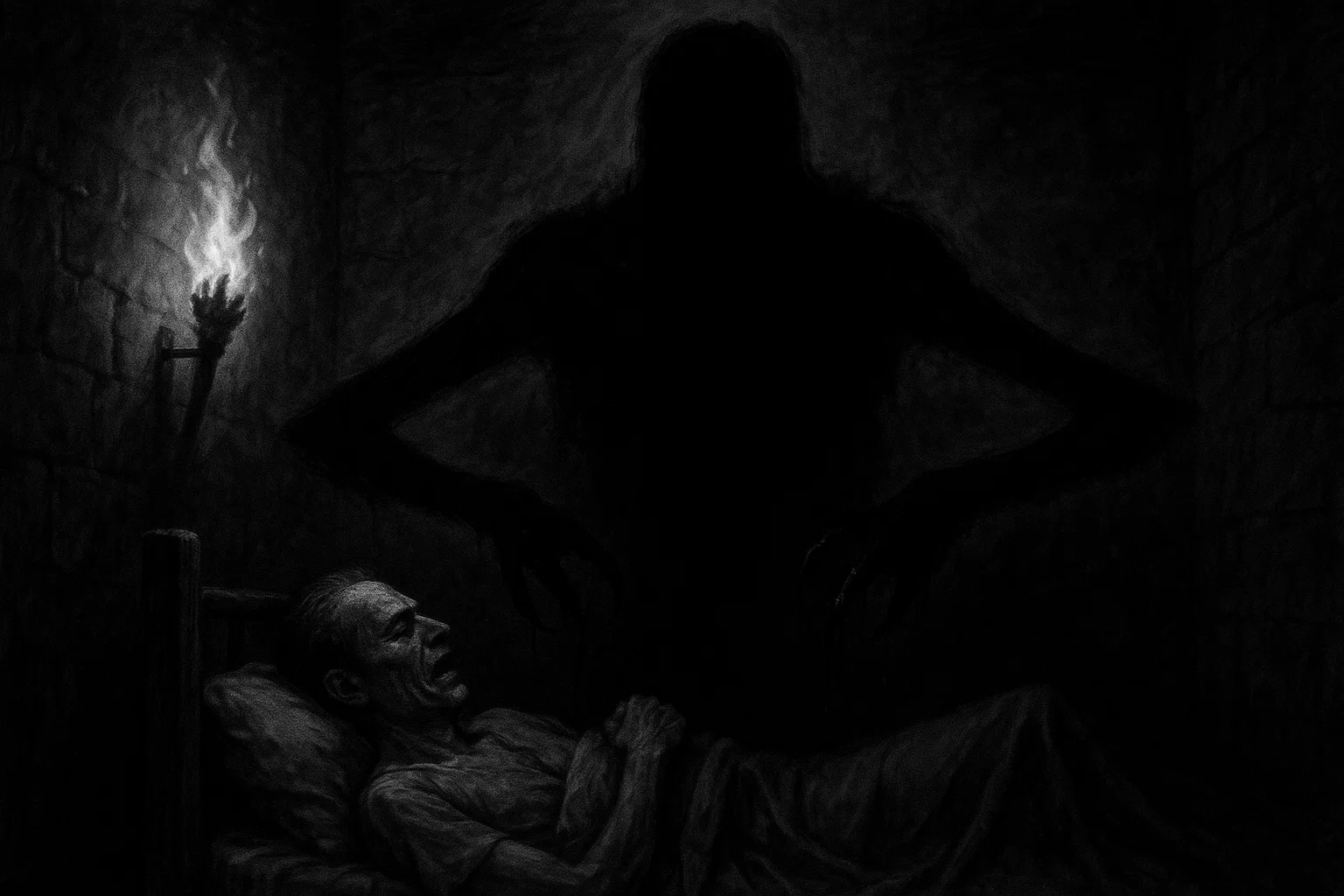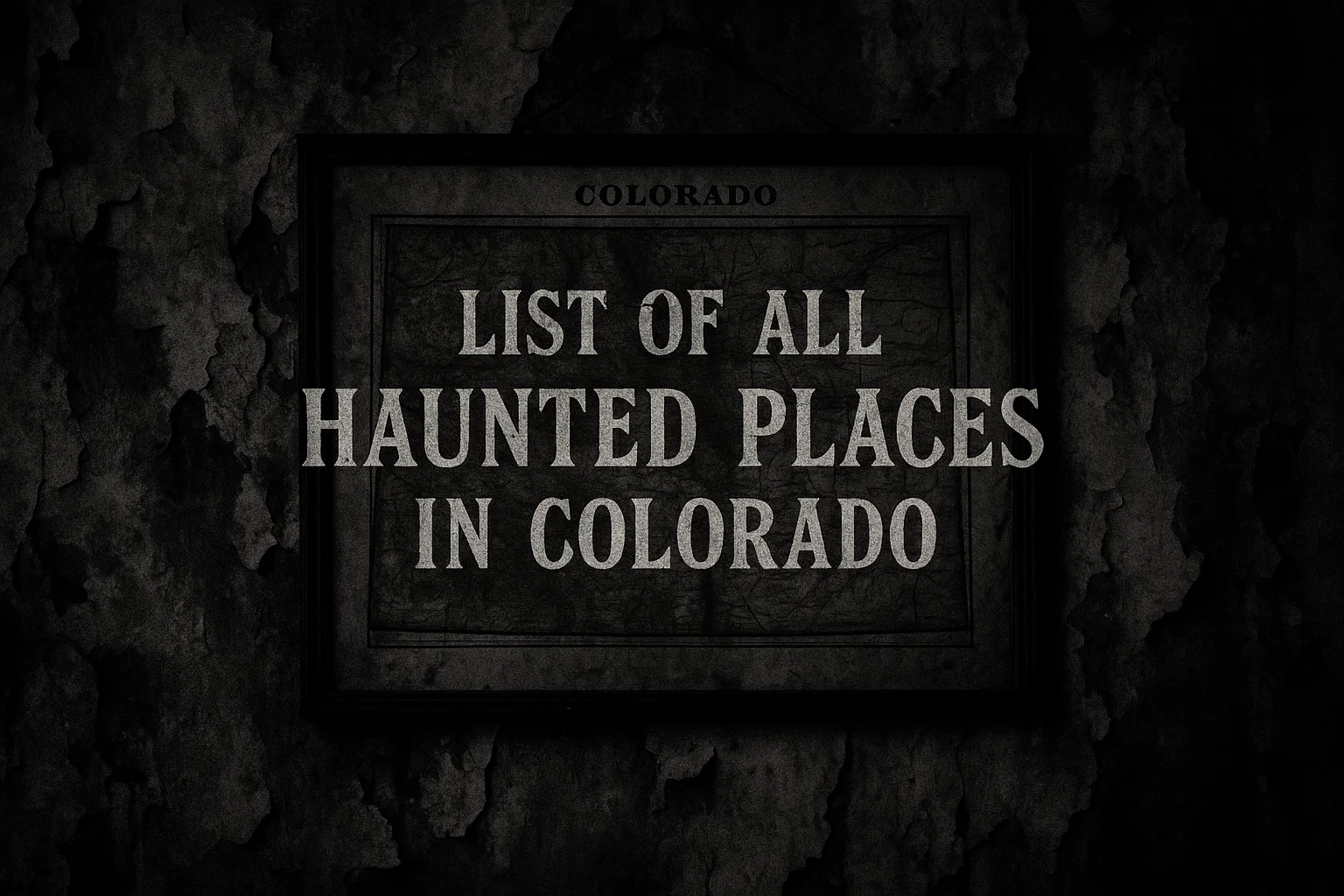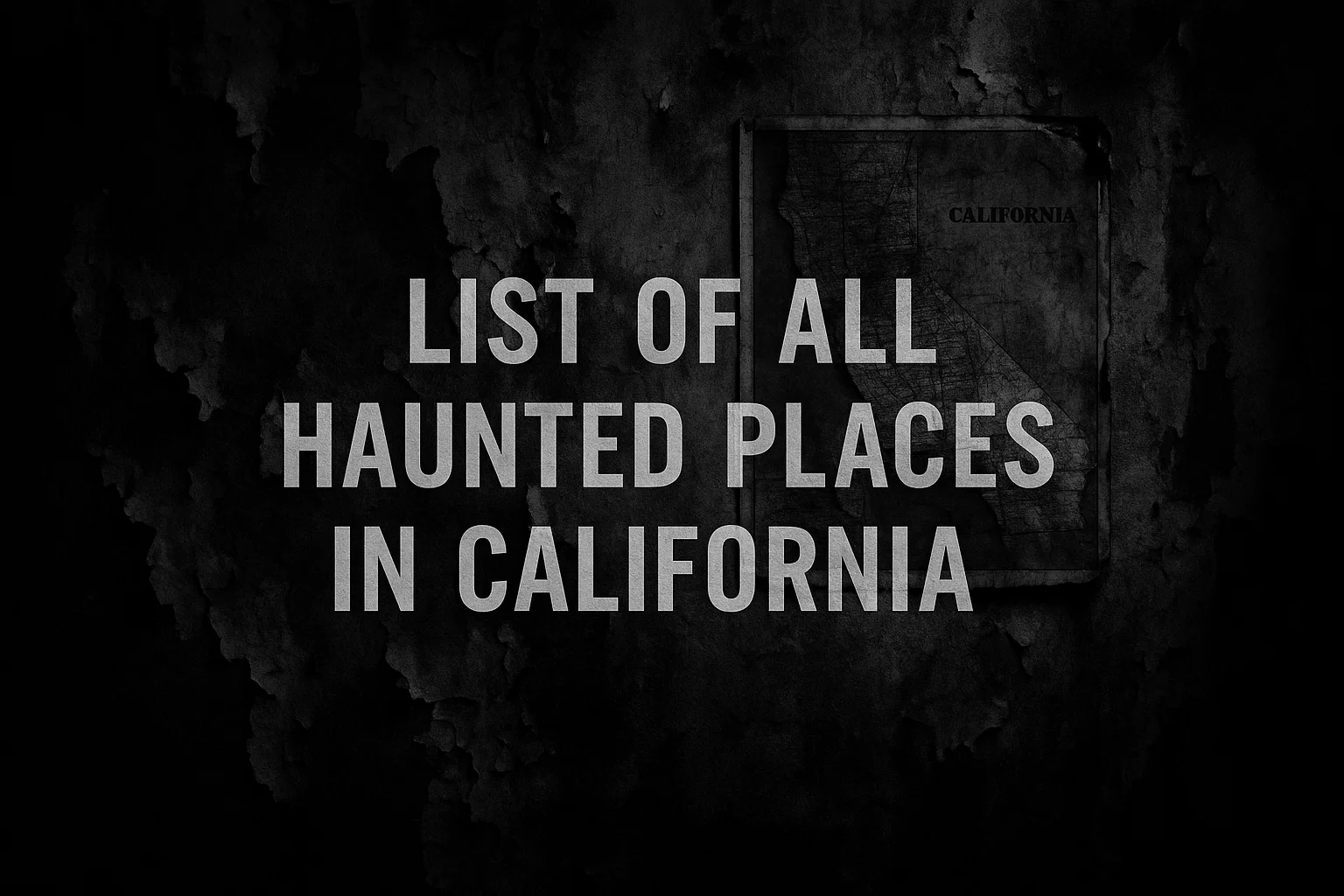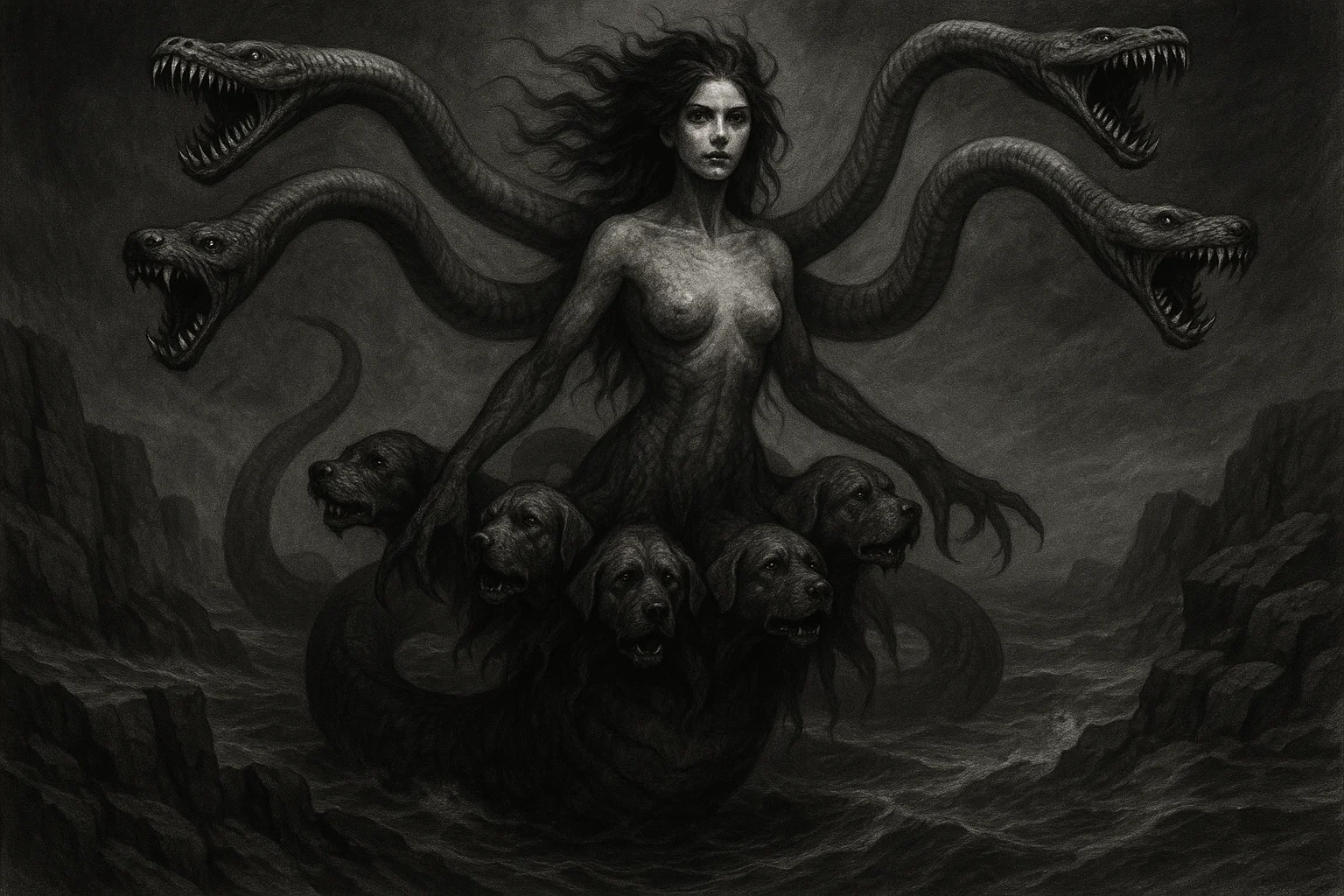In the shadowed annals of Mesopotamian demonology, where the cradle of civilization birthed tales of unrelenting horror, the Utukku lurks as a primordial force of malice and affliction. This evil demon, emerging from the depths of Sumerian and Akkadian lore, embodies the terror of unseen plagues and spiritual torment, striking fear into the hearts of ancient peoples who whispered its name in dread.
As explorers of ancient evil spirits and demonic entities uncover the layers of Utukku mythology, they confront a being that thrives on chaos, its presence a harbinger of disease, despair, and death in the vast tapestry of Near Eastern occult traditions.
The Utukku, synonymous with demonic corruption and supernatural malevolence, permeates exorcistic rituals and incantations, its influence a dark thread woven through Babylonian and Assyrian texts. Far from a mere phantom, this Mesopotamian demon represents the antithesis of order, tempting humanity toward ruin through insidious means.
Summary
Key Information
| Category | Details |
|---|---|
| Name | Udug (Sumerian), Utukku (Akkadian), Utukki (plural for evil demons), Utukkū Lemnutū (evil Utukku), Edimmu (ghostly variant) |
| Title | Evil Spirit of the Underworld, Plague-Bringer, Shadow Demon, Offspring of Anu |
| Gender | Ambiguous; often portrayed without distinct gender, embodying formless malice |
| Role | Malevolent demon inflicting disease, misfortune, and spiritual torment; agent of chaos and corruption in the mortal realm |
| Hierarchy | Mid-tier demonic class in the Mesopotamian underworld; offspring of sky god Anu and earth goddess Antu; serves under chthonic deities like Ereshkigal and Nergal |
| Servitors | Alû (faceless smotherers), Gallû (soul-binders), Asakku (fever demons), Labasu (seizure-inflicters), Edimmu (vengeful ghosts) |
| Superior Demon | Anu (sky god and progenitor), Antu (earth goddess consort), Hanbi (god of evil, potential overlord), Nergal (underworld lord) |
| Powers | Inducing plagues and fevers, emitting poison, unleashing deafening roars, manipulating shadows, possessing minds, slaying on open plains |
| Appearance | Formless dark shadow; towering silhouette devoid of light, with bile-dripping claws and enclosing arms; no definitive features, evoking nameless dread |
| Etymology | Derived from Sumerian “udug” meaning “demon” or “evil spirit”; Akkadian “utukku” emphasizes malicious intent and infernal origins |
| Associated Figures | Anu (father), Antu (mother), Ereshkigal (underworld queen), Pazuzu (rival wind demon), Lilitu (allied seductive spirit), Nergal (underworld commander) |
| Weaknesses | Exorcism through Udug Hul incantations, divine invocations to Ea or Shamash, protective amulets, scapegoat rituals, fumigations with purifying herbs |
| Opposing Angel/Saint | No direct equivalent; countered by protective deities like Lama or Shedu, or gods such as Ea (Enki) and Shamash |
| Equipment/Tools | Bile-dripping claws for poisoning, shadowy veils for concealment, deafening voice as a weapon of terror; no physical artifacts, but associated with ritual bindings |
| Pantheon | Mesopotamian (Sumerian, Akkadian, Babylonian, Assyrian); influences in broader Near Eastern demonology |
Etymology
The term Utukku originates from the Sumerian word udug (𒌜), a foundational linguistic element in ancient Mesopotamian demonology that initially denoted a “spirit” or “supernatural entity” without inherent moral distinction, but evolved to signify pure malevolence.
Inscribed in cuneiform as early as the third millennium BCE during the Early Dynastic period, udug captured the essence of ethereal forces disrupting human life, from plagues ravaging cities to whispers inciting madness. This root reflects the Sumerians’ perception of the cosmos as a battleground between order and chaos, where evil demons like the Utukku embodied the latter, their name invoking terror in ritual contexts.
As Sumerian influence waned and Akkadian rose around 2500 BCE, udug morphed into utukku, adapting to Semitic phonetics where the /d/ hardened to /t/ and /g/ to /k/, a common linguistic shift in Near Eastern languages.
This transformation imbued the term with darker connotations, particularly in phrases like utukkū lemnūtu, translating to “evil Utukku,” which dominated exorcistic literature by the Old Babylonian era (c. 1830–1531 BCE). The plural utukki further emphasized collectives of these demonic entities, swarming like locusts in tales of affliction, their etymological evolution mirroring the cultural intensification of fear toward ancient evil spirits.
Comparative linguistics reveals intriguing connections: the Sumerian udug parallels the Hebrew shedim, biblical demons mentioned in Deuteronomy 32:17 and Psalms 106:37, suggesting shared Proto-Semitic roots for concepts of malevolent spirits.
In Ugaritic texts, similar terms denote wandering phantoms, hinting at a broader Canaanite influence on Utukku etymology. Even in Hittite and Hurrian adaptations, borrowed from Mesopotamian scribes, the word retained its infernal aura, adapting to Indo-European structures while preserving the core meaning of a shadowy demon unbound by the grave.
By the Neo-Assyrian period (911–609 BCE), utukku had become a staple in imperial grimoires, its syllables chanted in incantations to bind the entity, transforming linguistic heritage into a weapon against demonic corruption.
This etymological depth not only anchors the Utukku in Sumerian antiquity but also illustrates how language evolved as a bulwark against chaos, with scribes meticulously recording variants to empower exorcists. In broader ancient demonology, the term’s ambiguity—formless yet potent—underscores its role as a prototype for later infernal archetypes, influencing Persian daevas and even Zoroastrian evil spirits through cultural exchanges along trade routes.
Scholars trace potential Indo-European links, where udug‘s spectral connotations echo Sanskrit preta (hungry ghosts), though direct borrowings remain debated. In Egyptian parallels, the word’s essence aligns with akh spirits, malevolent souls afflicting the living, suggesting cross-cultural diffusion via Hyksos invasions.
Ultimately, the Utukku‘s name encapsulates Mesopotamian worldview: a phonetic vessel for the intangible horror of evil demons, eternally adaptable yet inescapably malign.
You May Also Like: Adrammelech in the Bible: Child Sacrifices and Idolatry
What Does the Demon Utukku Look Like?
The Utukku manifests as an embodiment of primordial dread, a formless specter in Mesopotamian demonology that defies human comprehension, appearing as a towering dark shadow that devours all light in its vicinity.
Descriptions from ancient incantations evoke a silhouette of utter blackness, with no radiant glow—only an oppressive void that engulfs surroundings, making it a quintessential evil spirit of concealment and terror. Its lack of definitive features amplifies the horror, as it lurks in peripheries, a nameless entity that adapts to the observer’s deepest fears.
Key physical traits include bile-dripping claws that ooze venomous poisons, capable of tainting air and flesh alike, and enclosing arms that wrap victims like an unbreakable belt, suffocating life force.
A deafening clamor emanates from its core, a roar that rivals thunder but serves only malice, shattering minds and eardrums in equal measure. Unlike hybrid beasts in other ancient demon lore, the Utukku‘s intangibility—described as a “dark shadow with no light within its body”—renders it invisible in daylight, thriving in nocturnal ambushes.
This absence of iconography, absent from cylinder seals or temple reliefs, contrasts with more visualized demons, emphasizing psychological warfare over physical confrontation. In Babylonian exorcisms, it might flicker as a fleeting obscurity, its towering stature implying dominance over mortals, a demonic entity forever veiled in mystery and malevolence.
Historical and Mythological Background
The Utukku traces its origins to the dawn of Sumerian civilization around 4000 BCE, emerging as one of the earliest evil demons in Mesopotamian mythology, born from the union of sky god Anu and earth goddess Antu.
As offspring of these primordial deities, the seven evil Utukku represented chaotic forces unleashed upon the world, wandering from the underworld Kur to afflict humanity with unrelenting malice. This genesis positioned them as agents of cosmic disorder, their existence a testament to the fragile equilibrium between divine order and infernal anarchy in ancient Near Eastern beliefs.
Influences from neighboring cultures amplified Utukku lore: in Hittite texts, similar spirits adopted Mesopotamian traits, while Hurrian adaptations linked them to storm deities, suggesting cross-cultural exchanges via conquests and trade.
Worldwide connections appear in Hebrew shedim, demonic entities in the Old Testament echoing Utukku‘s formless terror, possibly transmitted through Babylonian captivity. Enochic literature in Jewish apocrypha draws parallels, with evil spirits akin to Utukku as watchers’ offspring, blending Mesopotamian and Semitic demonology.
Even in Zoroastrian daevas, malevolent beings opposing ahuras, one finds resonances of Utukku‘s plague-bringing essence, hinting at Indo-Iranian borrowings from Assyrian contacts.
In Egyptian lore, the akh—vengeful spirits of the unrested dead—mirror Utukku afflictions, with potential diffusion during the Amarna period. Ugaritic texts mention wandering phantoms, akin to Canaanite demons, further tying Utukku to broader Levantine supernatural traditions.
These global threads underscore the Utukku as a archetypal ancient evil spirit, its mythology influencing far-flung cultures through migration and empire.
You May Also Like: Semyaza: The Fallen Angel Suspended Between Heaven and Earth
The Evil Utukku in the Descent of Inanna
In the Sumerian epic Inanna’s Descent to the Underworld (c. 1900–1600 BCE), the Utukku plays a pivotal role as enforcers of Ereshkigal’s wrath, binding the goddess Inanna in the depths of Kur. The myth begins with Inanna, goddess of love and war, deciding to descend to the underworld to attend the funeral of Gugalanna, the Bull of Heaven, slain by Gilgamesh and Enkidu.
Motivated by ambition to expand her dominion over the dead, Inanna adorns herself in royal regalia—turquoise necklace, lapis lazuli measuring rod, golden wristlets—and instructs her minister Ninshubur to seek aid from the gods if she does not return.
Passing through the seven gates of Kur, Inanna is stripped of her garments and powers by the gatekeeper Neti, under Ereshkigal’s orders, arriving naked and vulnerable before her sister. Ereshkigal, enraged by Inanna’s intrusion, afflicts her with the “sixty miseries,” turning her into a corpse hung on a hook.
Here, the Utukku—described as “venom-clothed spirits of the steppe”—swarm as Ereshkigal’s minions, their deafening cries filling the halls, binding Inanna’s body with shadowy embraces and poisoning her essence.
Inanna’s absence causes fertility to wane above, prompting Enki to create two sexless beings, the kurgarra and galatur, from dirt under his fingernails. These surrogates descend, appease Ereshkigal with sympathy during her labor pains, and secure Inanna’s release by offering a substitute.
As Inanna ascends, the Utukku and gallû demons accompany her, demanding a replacement soul—first rejecting Ninshubur, then Inanna’s sons, but claiming her husband Dumuzi for his vanity. The Utukku drag Dumuzi to Kur, their claws dripping bile, symbolizing eternal punishment for hubris.
This legend highlights the Utukku‘s role in enforcing underworld laws, their malice sowing plagues upon the living during Inanna’s captivity, necessitating empire-wide exorcisms.
Divine Retribution in Royal Laments
Akkadian royal laments from the Neo-Babylonian period (626–539 BCE) depict the Utukku as instruments of celestial vengeance, afflicting monarchs who falter in piety.
In a Nineveh cylinder fragment, an Assyrian king interprets his debilitating fevers as the work of “utukku lemnutu, risen from neglected tombs,” dispatched by Anu to chastise neglect of divine rites. The demon infiltrates through breath, twisting vitality into agony, causing the king’s court to descend into chaos as advisors fall prey to similar torments.
The narrative unfolds with the king consulting oracles, revealing omens of Utukku hordes swarming like dust storms, their shadows eclipsing palace halls. Desperate, he summons ašipu exorcists for elaborate rituals: fumigations with cedar, offerings of entrails to appease Anu, and scapegoat goats bearing the affliction into the wilderness.
The Utukku‘s retreat restores order, but not before extracting tribute in suffering, underscoring themes of royal humility. This tale, echoed in Esarhaddon’s inscriptions, positions the Utukku as a divine enforcer, its corruption amplifying the king’s isolation and doubt.
You May Also Like: Who Is Flauros, the Demon Duke of Fire?
Utukku Lemnutu Incantation Series
The Utukku Lemnutu (Evil Demons) series, a canonical exorcistic canon from the first millennium BCE, chronicles the Utukku‘s pervasive malice across sixteen tablets, detailing its assaults on humanity.
Originating in Old Babylonian prototypes, the texts describe the demon as a “wicked utukku who slays man alive on the plain,” emphasizing its nomadic terror in deserts and steppes. Tablet I portrays its formless approach, a dark silhouette poisoning wells and crops, leading to famines that erode societal bonds.
Subsequent tablets enumerate afflictions: headaches from its clamor, paralysis from shadowy enclosures, possessions mimicking the dead to incite blasphemy. The series culminates in rituals invoking Shamash and Ea, with incantations like “may the evil utukku stand aside,” binding the demon through cuneiform wards.
This comprehensive grimoire, copied in Assurbanipal’s library, cements the Utukku as a staple of Mesopotamian demonology, its legends a blueprint for combating ancient evil spirits.
The Myth of Asag and Ninurta
In the Sumerian myth Lugal-e (c. 2000 BCE), the Utukku aligns with the monstrous Asag, a fever-demon birthed from mountains, in a rebellion against divine order. Asag, siring rock demons, rallies Utukku hordes to ravage fields and rivers, their poisons turning fertile lands barren. Ninurta, warrior god, confronts this alliance, slaying Asag with his mace Sharur amid cataclysmic battles where Utukku shadows blot the sun, their roars shaking the earth.
Ninurta’s victory involves exorcising the Utukku, channeling floods to wash away their malice, restoring agriculture. This epic, inscribed on Ur III tablets, illustrates the Utukku‘s environmental devastation, linking it to natural disasters as retribution for human impiety.
Historical Mentions
| Text/Grimoire | Year | Description | Excerpt |
|---|---|---|---|
| Gudea Cylinders (Sumerian inscription) | c. 2144–2124 BCE | Invokes udug in contexts of divine retribution, portraying it as a tormentor of the impious. | “The udug rises from the abyss… to seize the unfaithful in shadow.” |
| Inanna’s Descent to the Underworld (Sumerian myth) | c. 1900–1600 BCE | Utukku act as binders in Kur, enforcing Ereshkigal’s will against intruders. | “The utukku of the steppe, clothed in venom, seize her… their clamor fills the gates.” |
| Udug Hul Incantations (Tablet I, bilingual Sumerian-Akkadian) | c. 1830–1531 BCE (Old Babylonian) | Details the evil udug as a plague-bringer, central to exorcisms against bodily harm. | “O evil udug, its appearance malignant, stature towering… dark, its shadow pitch black, no light within its body.” |
| Utukkū Lemnūtu Series (Akkadian exorcistic canon, Tablets 1-16) | c. 1000–539 BCE (Neo-Babylonian) | Extensive rituals to expel utukku, listing its afflictions on humans and nature. | “The wicked utukku who slays man alive on the plain… may it stand aside, driven by the word of Ea.” |
| Maqlû Anti-Witchcraft Ritual (Akkadian series) | c. 1350–1050 BCE (Middle Babylonian) | Groups utukku with sorcery demons in purification fires to counter possessions. | “Utukku, alu, edimmu… burn in the flames of Shamash, their malice returned to the dust.” |
You May Also Like: Sloss Furnaces Haunting: Real Ghosts or Tourist Trap?
Utukku’s Powers and Abilities
The Utukku possesses an arsenal of insidious powers tailored to its role as a Mesopotamian demon of affliction, distinguishing it from broader evil spirits through its targeted erosion of body and soul.
Unlike generic tempters offering illusory gains, the Utukku corrupts via subtle invasions, infiltrating through breath or touch to ignite fevers that warp perceptions, fostering despair and blasphemy against the gods. This methodical temptation exploits human vulnerabilities, amplifying pain to erode faith, turning victims into vessels of further chaos.
Ancient texts highlight the Utukku‘s environmental dominion, manipulating winds to disseminate plagues across plains, isolating communities in quarantines of fear. Its psychological prowess involves mimicking deceased kin in hallucinations, luring the grieving into oaths that bind souls to infernal pacts, perpetuating cycles of corruption. In exorcistic lore, the demon prolongs torments to break communal ties, its venom not just physical but spiritual, seeding doubt in divine justice.
Unique abilities include formless adaptability, allowing seamless possession that manifests as madness, and elemental whispers that sow omens of doom. These powers, drawn from cuneiform grimoires, underscore the Utukku as a master of prolonged suffering, its corruption a venomous web ensnaring the unwary in eternal despair.
| Power/Ability | Description | Source | How It Tempts/Corrupts Humans |
|---|---|---|---|
| Plague Induction | Spreads fevers and diseases via poisonous exhalations, targeting vital organs and weakening resolve. | Udug Hul Tablets | Erodes health to incite curses against gods, tempting abandonment of rituals for illusory solace. |
| Shadow Manipulation | Envelops victims in light-devouring darkness, causing paralysis and visions of horror. | Utukkū Lemnūtu Series | Isolates mentally, corrupting through paranoia that fractures family bonds and piety. |
| Deafening Roar | Unleashes a clamor that overwhelms senses, inducing disorientation and mental fractures. | Inanna’s Descent | Provokes irrational rage, tempting blasphemy as a release from auditory torment. |
| Mind Possession | Impersonates the dead to deceive, drawing victims into deceptive pacts. | Maqlû Ritual | Exploits mourning to forge soul-binding oaths, corrupting grief into self-destruction. |
| Venom Emission | Dripping bile poisons air and water, leading to widespread famine and decay. | Lugal-e Myth | Amplifies scarcity to breed envy and theft, tempting societal breakdown. |
| Elemental Disruption | Whispers doubts via winds and dust, manifesting as omens of misfortune. | Royal Laments | Sows seeds of fatalism, corrupting faith by portraying gods as indifferent. |
How to Counter Utukku’s Powers
Combating the Utukku required meticulous rituals rooted in Mesopotamian demonology, viewing its malice as a cosmic imbalance rectified through divine intercession.
The Udug Hul series formed the bedrock, with ašipu exorcists reciting bilingual incantations to invoke Ea, the crafty god of wisdom, binding the demon with verbal chains. Purification involved asperging tamarisk water, creating sacred circles impenetrable to shadows.
Amulets engraved with Shamash’s solar emblem warded homes, their light symbolism repelling the Utukku‘s darkness. Scapegoat ceremonies transferred afflictions: a goat, anointed with the patient’s saliva, was driven into the desert, carrying the venom back to Kur. Fumigations with cedar and myrrh dispersed poisonous miasmas, while lunar-timed chants during waning phases diminished the demon’s nocturnal strength.
For possessions, communal hymns to Nergal commanded retreat, reinforced by clay figurines smashed in effigy. These holistic approaches, blending magic and theology, not only expelled the evil demon but fortified communities against recurrence, embodying ancient resilience.
You May Also Like: Who Was the Werewolf of Pavia? Serial Killer or Supernatural Beast?
Utukku’s Role in the Hierarchy of Hell
Within the infernal strata of Mesopotamian mythology, the Utukku holds a pivotal mid-tier position as a class of evil demons, spawned from Anu and Antu to serve as enforcers in Kur’s shadowy domains.
Subordinate to chthonic overlords like Ereshkigal and Nergal, they operate as vanguard afflicters, outranking lesser ghosts like edimmu yet deferring to arch-fiends such as Pazuzu in wind-based hierarchies. Grimoires position them as Nergal’s assistants, fetching souls and offerings, their nomadic essence allowing autonomy in mortal incursions.
Relationships are fraught: allied with Lilitu for nocturnal raids, they clash with protective forces, their malice amplified in demonic coalitions against humanity. In Utukkū Lemnūtu, they command sub-servitors like gallû for bindings, their rank fluid during eclipses when underworld gates weaken.
This hierarchy reflects theological pragmatism, with Utukku as correctives to impiety, their infernal status a bridge between divine wrath and human suffering.
Astrological Associations and Symbolism
In Mesopotamian astrology, the Utukku aligns with omens of discord, its malice surging during lunar eclipses that symbolize breaches in cosmic veils, allowing underworld incursions.
Tied to the air element, it embodies sirocco winds bearing disease, its activities peaking under malefic stars like Sirius’s rising, portending plagues. The number seven, representing its demonic siblings, evokes completeness in chaos, mirrored in seven planetary spheres and underworld gates.
Symbolically, the Utukku personifies the void’s terror, with black hues denoting light’s absence, and iron metals for binding rituals. Onyx stones absorb its shadows, while smoky quartz crystals pierce veils in divination.
Colors of sepia earth tie to subterranean roots, with astrological links to Venus’s malefic phases countering its airy depredations. Omens in extispicy—liver divinations—forewarn Utukku attacks via darkened lobes, integrating it into celestial warnings.
These associations guided exorcisms, timed to favorable alignments, blending astronomy with demonology to thwart infernal influences.
| Association | Details |
|---|---|
| Element | Air (disease-carrying winds and tempests) |
| Number | 7 (seven evil siblings; gates of Kur) |
| Metal | Iron (binding wards against shadows) |
| Stone/Crystal | Onyx, smoky quartz (absorbing darkness, revealing omens) |
| Color | Black, sepia (void and earthen abyss) |
| Zodiac | Linked to eclipses, Sirius rising; malefic lunar phases |
You May Also Like: The Minneapolis Mystery | Horror Story
Utukku’s Sigil
Lacking a geometric sigil like later occult traditions, the Utukku‘s “seal” in Mesopotamian demonology comprised cuneiform inscriptions on clay, repeating utukku lemnutu encircled by divine names for binding.
These textual wards, etched on bowls buried at thresholds, channeled the demon’s essence into dissipation during rituals. Evoking a vortex of shadows with venom lines, they served in exorcisms to command retreat.
| Symbol/Item | Association/Meaning | Use in Rituals |
|---|---|---|
| Animal: Owl | Nocturnal predator piercing veils of darkness. | Amulets for warding possessions. |
| Plant: Tamarisk | Antidote to poisons, purifying tainted spaces. | Sprinkled in circles for expulsion. |
| Incense: Cedar | Smoky barrier against ethereal incursions. | Burned to disperse shadows. |
| Cuneiform Wedge | Phonetic capture of demonic name for control. | Inscribed for binding spells. |
| Obsidian Stone | Mirror reflecting malice back to the abyss. | Held during chants for protection. |
Comparison with Other Demons
| Demon | Pantheon | Powers/Role | Key Differences and Similarities |
|---|---|---|---|
| Lilitu | Mesopotamian | Seductive wind spirit causing miscarriages and nocturnal assaults. | More feminine and erotic temptation vs. Utukku’s formless disease; both air-based plague-bringers haunting nights. |
| Gallu | Sumerian/Akkadian | Underworld binders dragging souls to Kur with chains. | Structured gatekeepers vs. Utukku’s chaotic wanderers; shared chthonic enforcement in myths. |
| Alû | Akkadian | Faceless smotherer tormenting sleepers. | Specific bed-bound suffocation vs. Utukku’s broad slaying; both faceless shadow tormentors. |
| Asakku | Sumerian | Fever demon siring rock offspring, slain by Ninurta. | Hybrid monstrous form vs. Utukku’s intangibility; both induce head fevers in lists. |
| Edimmu | Babylonian | Vengeful ghosts possessing the unburied. | Tied to burial rites vs. Utukku’s primordial birth; similar ghostly malice and exorcisms. |
| Pazuzu | Assyrian | Wind demon clashing with others, hybrid beast. | Protective rivalry vs. Utukku’s pure malice; shared air domain and demonic conflicts. |
| Labasu | Mesopotamian | Seizure-inflicting gripper. | Bodily convulsions vs. Utukku’s psychological whispers; both in witchcraft countermeasures. |
| Lamashtu | Babylonian | Child-killer with lion head and talons. | Targeted infants vs. Utukku’s general affliction; both ritual-warded disease demons. |
| Ardat-lili | Akkadian | Succubus tormenting men in sleep. | Sexual possession vs. Utukku’s disease focus; both nocturnal corrupters of minds. |
| Namtar | Sumerian | Plague god’s minister, fate-bringer. | Divine messenger vs. Utukku’s demonic class; similar disease vectors in underworld. |
You May Also Like: Mothman Sightings: The Creepiest Encounters (1957–2025)
Conclusion
The Utukku stands as an enduring symbol of unrelenting evil in Mesopotamian demonology, its formless malice a stark reminder of ancient humanity’s battles against unseen horrors. From Sumerian origins as Anu’s offspring to its roles in epics and exorcisms, this evil demon encapsulates the terror of chaos, influencing global supernatural lore through cultural diffusions.
Yet, its legacy transcends fear, illustrating Mesopotamian ingenuity in countering demonic entities with rituals and incantations that restored cosmic balance. As modern seekers explore Utukku mythology, they uncover timeless truths about vulnerability and resilience.
In essence, the Utukku compels reflection on the shadows within, urging vigilance against corruption in an ever-chaotic world.







